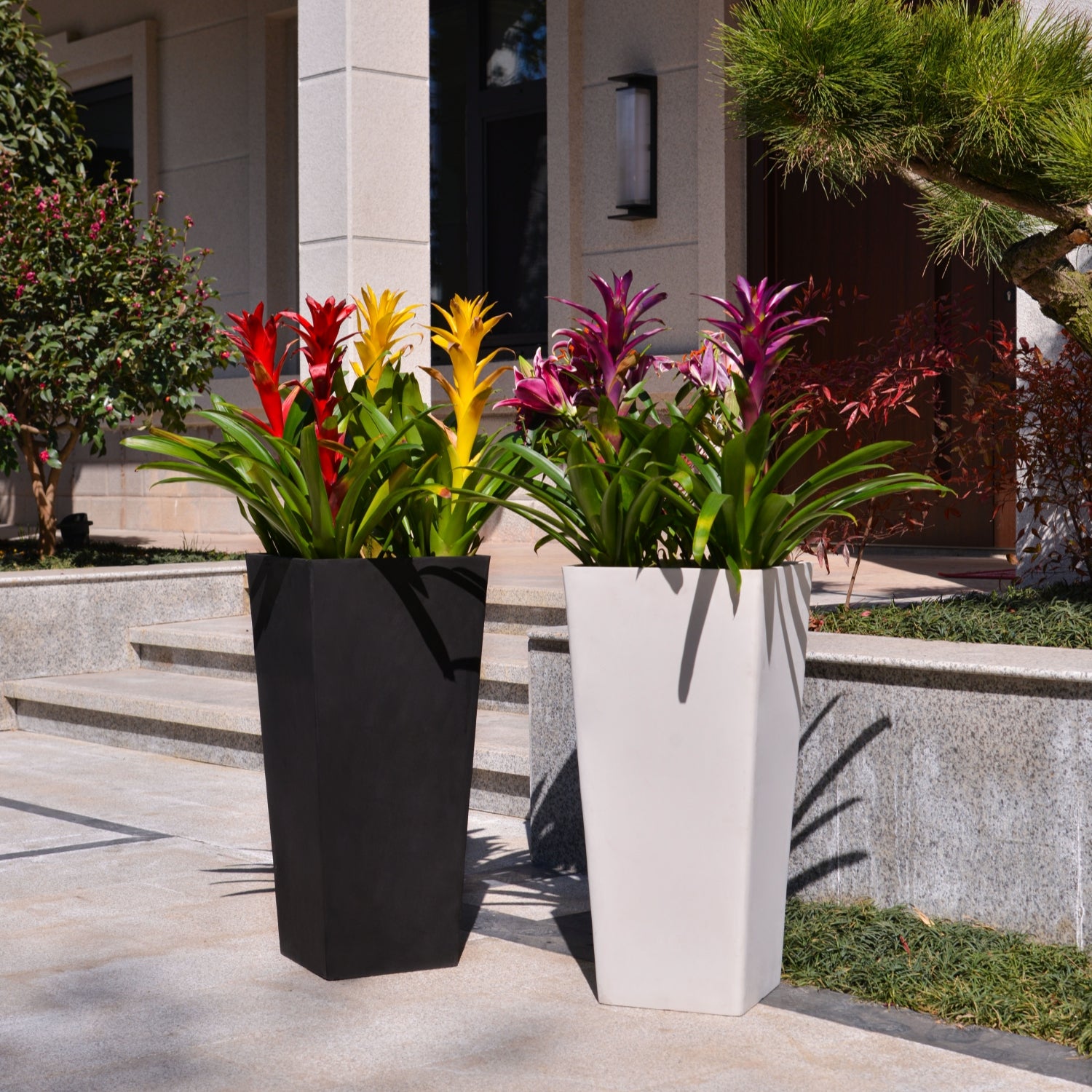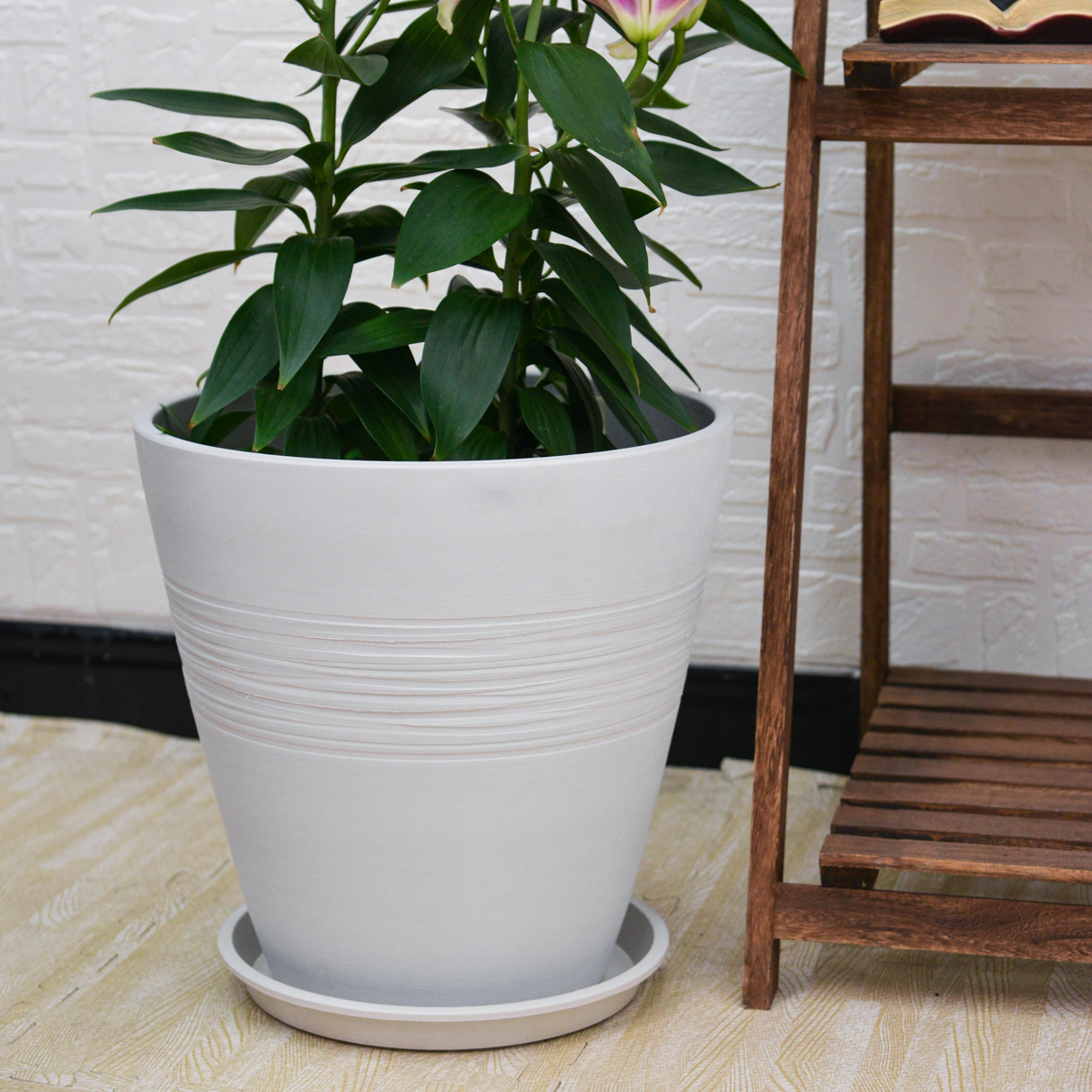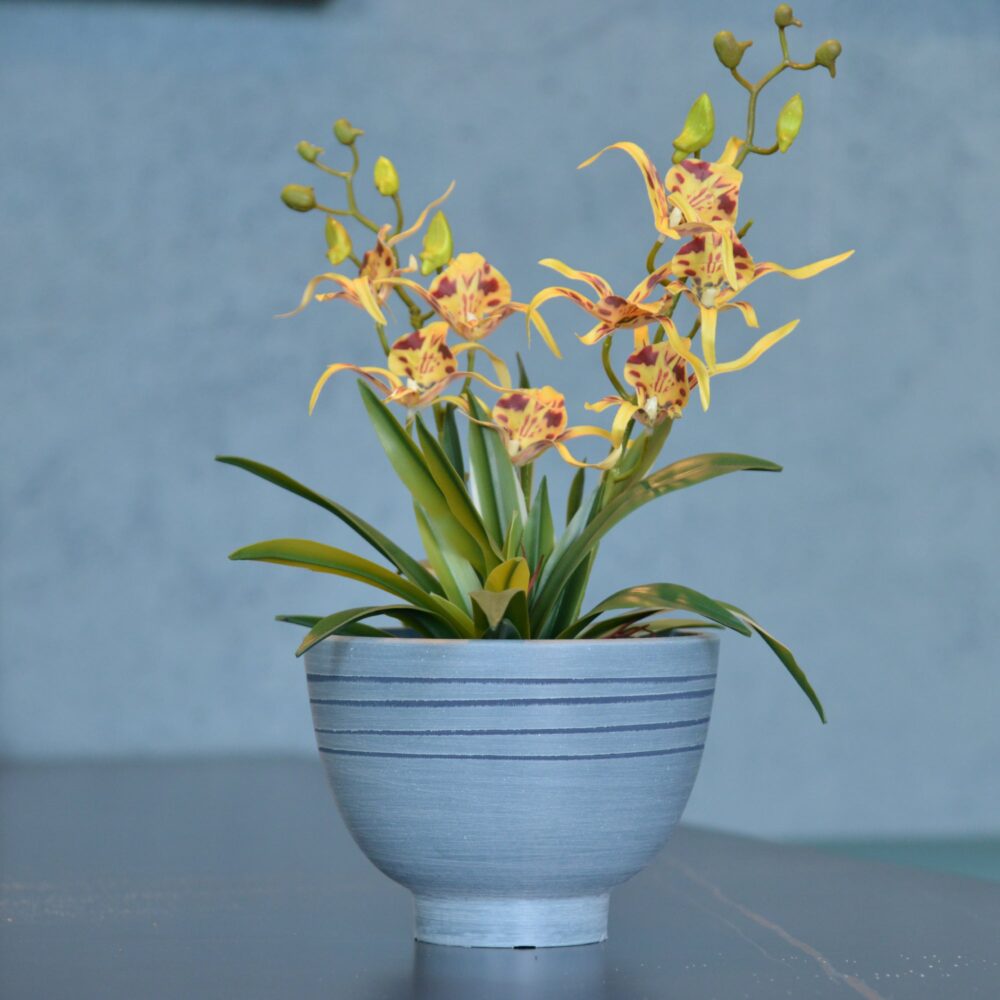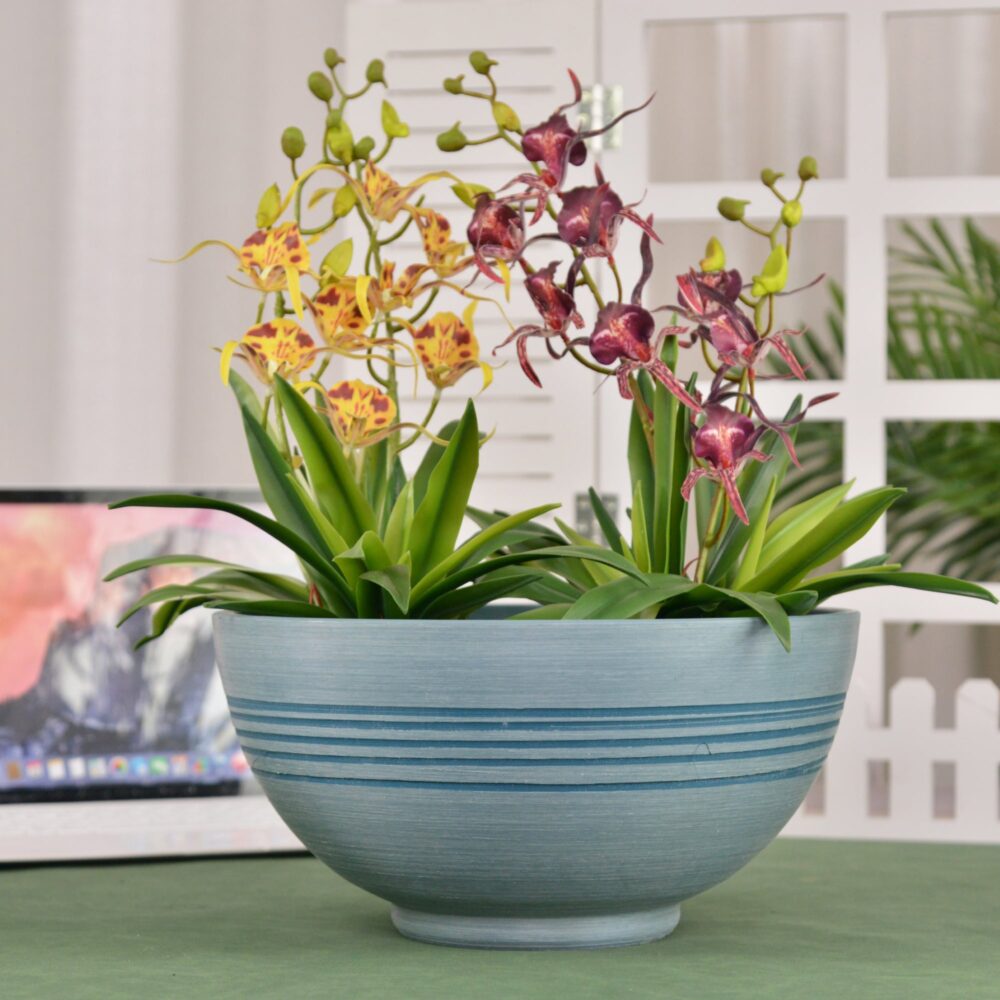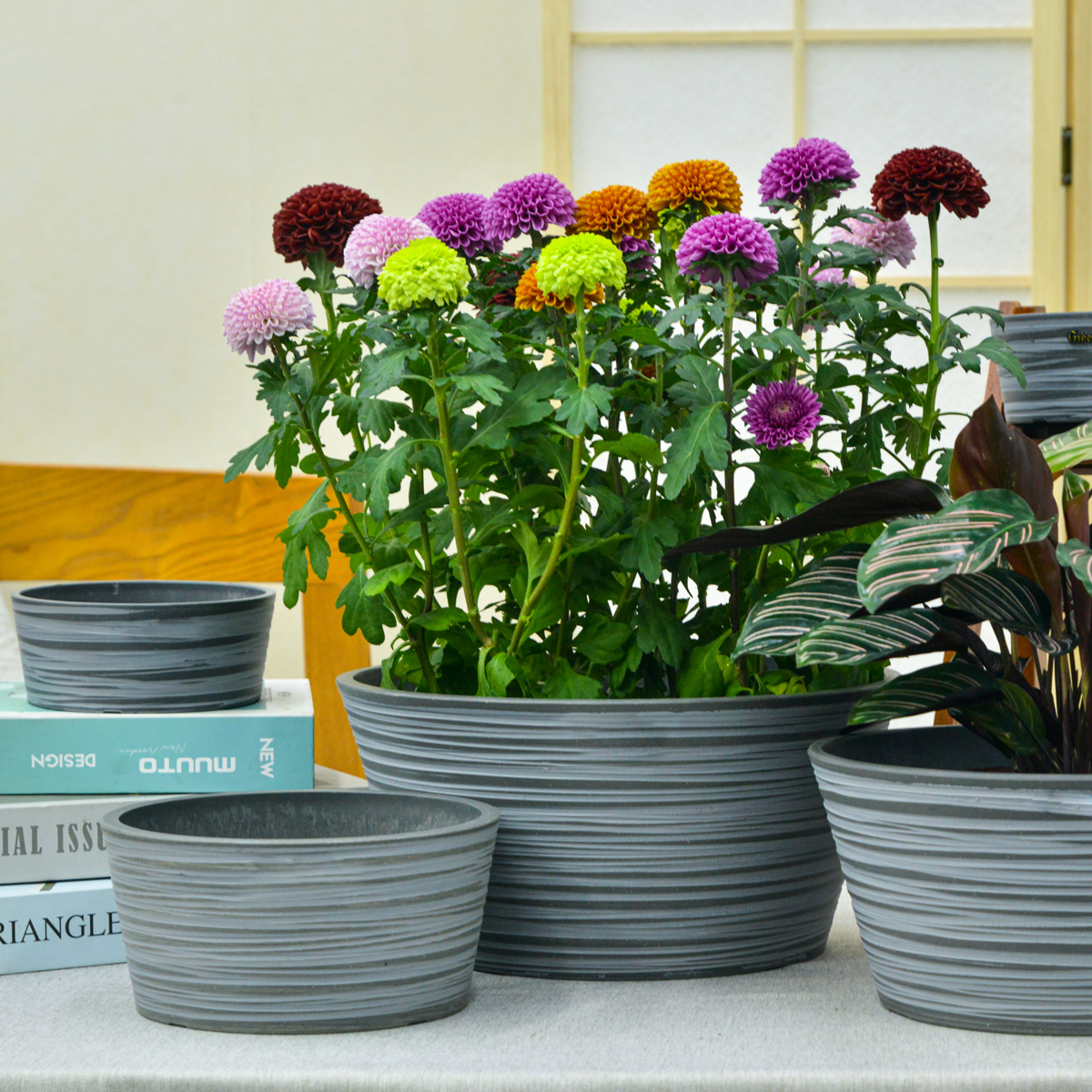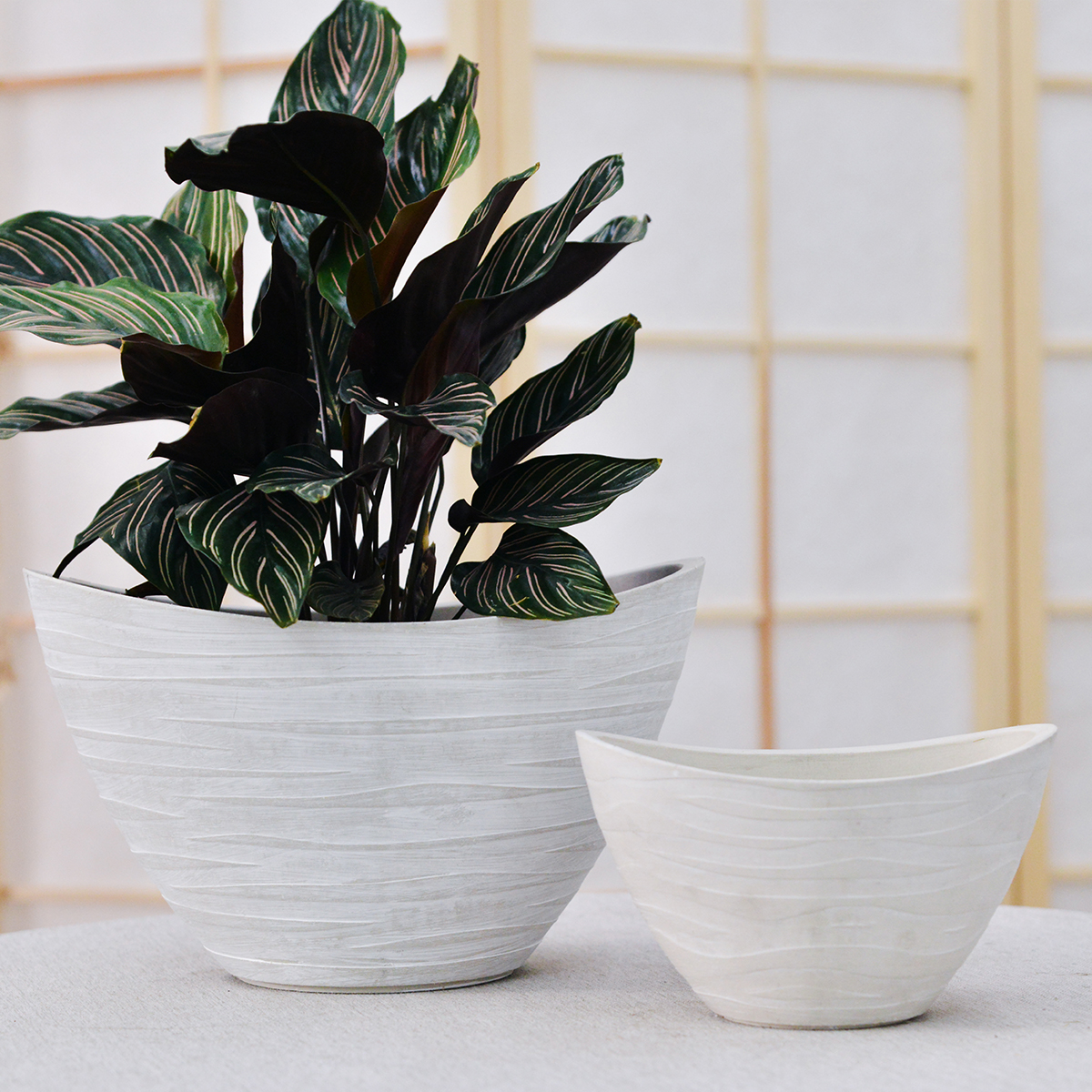Calathea Makoyana: The Ultimate Guide to Growing Peacock Plant Indoors
Looking for a houseplant that’s both visually stunning and adds a touch of artistry to your indoor space? The Calathea makoyana, commonly known as Peacock Plant or Cathedral Windows, is a captivating choice. Native to Brazil, this member of the Marantaceae family (prayer plants) is celebrated for its strikingly patterned leaves that resemble peacock feathers and its fascinating daily leaf movements. This comprehensive guide will provide you with everything you need to know to successfully grow Calathea makoyana indoors and enjoy its unique beauty.
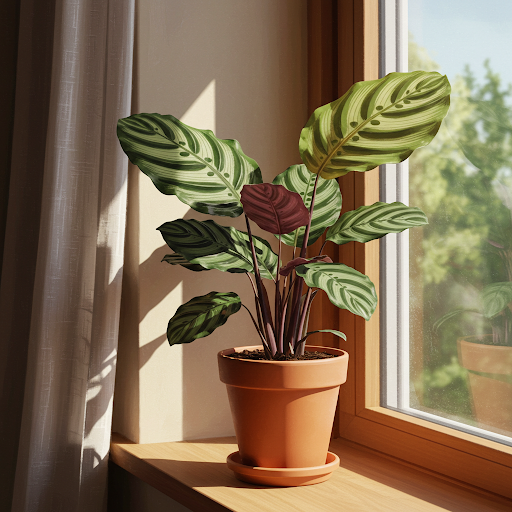
Calathea makoyana
Ideal Indoor Growing Conditions:
- Light: Calathea makoyana thrives in bright, indirect light. Think of the filtered light under a rainforest canopy. Avoid direct sunlight, which can scorch their delicate leaves and fade their vibrant patterns. East or north-facing windows are ideal. If using south or west-facing windows, place the plant further away from the window or use sheer curtains to diffuse the light.
- Soil: Peacock Plants prefer well-draining, rich, and slightly acidic soil that retains moisture. An African violet potting mix or a mix of peat moss, perlite, and potting soil works well. Good drainage is essential to prevent root rot.
- Watering: Calathea makoyana prefers consistently moist soil, but not waterlogged. Water thoroughly when the top inch of soil feels slightly dry. Use room temperature, filtered water or rainwater, as they are sensitive to tap water minerals. Reduce watering slightly in winter when growth slows down. It’s crucial to maintain even moisture and avoid letting the soil completely dry out or become soggy.
- Temperature: Average room temperatures between 65°F to 75°F (18°C to 24°C) are ideal. Peacock Plants are sensitive to cold and should be protected from temperatures below 60°F (15°C). Avoid placing them near drafts or cold windows.
- Humidity: Calathea makoyana thrives in high humidity, mimicking its tropical rainforest environment. Aim for humidity levels of 60% or higher. Increase humidity by misting the leaves regularly (with filtered water), using a humidifier, grouping plants together, or placing the pot on a pebble tray filled with water. Brown, crispy leaf edges are a common sign of low humidity.
Planting Your Calathea Makoyana:
- Starting from Divisions or Plants: Calathea makoyana is typically propagated by division when repotting, or purchased as established plants from nurseries and garden centers.
- Division during Repotting: When repotting a mature Peacock Plant, you can carefully divide the rhizomes (underground stems) to create new plants. Ensure each division has roots and leaves.
- Planting Time: Calathea makoyana can be planted or repotted at any time of year indoors, but spring or early summer, at the start of the growing season, is generally recommended for optimal establishment.
Choosing the Right Pots:
- Suitable Pot Types: Choose pots that help retain moisture and provide good drainage. Plastic or glazed ceramic pots are often preferred as they help maintain humidity around the roots. Terracotta pots can also be used, but may require more frequent watering due to their porous nature.
- Drainage: Good drainage is essential to prevent root rot. Ensure your chosen pot has drainage holes at the bottom.
- Pot Size: Select a pot that is only slightly larger than the root ball. Calathea makoyana prefers to be slightly root-bound. Repot every 1-2 years or when the plant becomes root-bound, moving to a pot only slightly larger each time.
- Potting Mix: Use a well-draining, rich, and slightly acidic potting mix as described earlier, such as African violet mix or a blend of peat moss, perlite, and potting soil.
Essential Care Tips for a Vibrant Peacock Plant:
- Watering Schedule: Maintain consistent soil moisture, watering when the top inch of soil feels slightly dry. Use filtered water or rainwater. Avoid tap water if possible.
- Fertilizing: Calathea makoyana benefits from regular feeding during the growing season (spring and summer). Fertilize every 2-4 weeks with a balanced liquid houseplant fertilizer diluted to half strength. Reduce or stop fertilizing during the fall and winter dormant period.
- Humidity Management: Maintain high humidity levels to prevent brown leaf edges and ensure healthy growth. Regular misting, humidifiers, and pebble trays are helpful.
- Leaf Cleaning: Dust can accumulate on the leaves, hindering photosynthesis and diminishing their beauty. Gently wipe the leaves with a damp cloth regularly to keep them clean and glossy.
- Pruning: Prune to remove any yellow, brown, or damaged leaves at the base of the plant.
- Repotting: Repot every 1-2 years or when the plant becomes root-bound. Repotting is also a good time to divide the plant if desired.
- Pest and Disease Control: Calathea makoyana can be susceptible to spider mites and mealybugs. Monitor regularly and treat infestations promptly with insecticidal soap or neem oil. Root rot can occur if the plant is overwatered or drainage is poor.
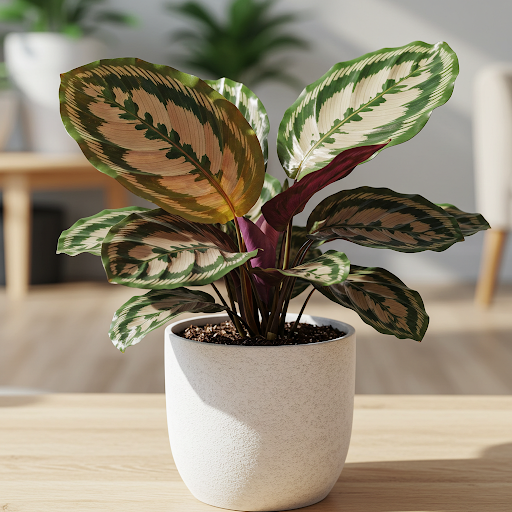
Calathea makoyana
Popular Varieties of Calathea (including related species):
- Calathea makoyana (Peacock Plant): The classic variety with striking feather-like patterns.
- Calathea ornata (Pinstripe Calathea): Features delicate pink stripes on dark green leaves.
- Calathea zebrina (Zebra Plant): Bold zebra-like stripes on velvety green leaves.
- Calathea lancifolia (Rattlesnake Calathea): Long, wavy leaves with dark green spots.
- Calathea orbifolia (Round-leaf Calathea): Large, round, subtly striped leaves.
In Summary:
Calathea makoyana, the Peacock Plant, is a truly captivating houseplant that brings a touch of the exotic and artistic to your indoor garden. Its stunning leaf patterns and fascinating leaf movements make it a conversation starter and a joy to observe. While it requires slightly more attention to humidity and watering than some other houseplants, the rewards of its beauty and unique charm are well worth the effort. By providing bright, indirect light, consistent moisture with filtered water, high humidity, and a well-draining potting mix, you can enjoy the vibrant presence of the Peacock Plant in your home for years to come.
For more detailed botanical information, you can explore the Wikipedia page on Calathea.
Important Note: Calathea makoyana is considered non-toxic to humans and pets, making it a safer choice for households with children and animals.
GreenShip 27inch Tall Planters for Porch, Large Outdoor Planter Pots with Drainage Hole
By greenship-seo|2025-04-10T06:27:21+00:00April 7, 2025|Categories: Hand-carving Series|Tags: Decorative Flower Pots|
KC2-GS
By greenship|2024-08-16T06:30:21+00:00August 16, 2024|Categories: Hand-carving Series|
8 inch/10 inch Planter Indoor Plants, 2 Pack Modern Decorative Plant Pots with Drainage Hole, Cute Bowl Shape Flower Pots
By greenship-seo|2025-04-10T08:03:42+00:00January 9, 2025|Categories: Hand-carving Series|Tags: Decorative Flower Pots, Self-Watering Pots|
13 inch Planter for Indoor Plants, Set of 2 Modern Decorative Plant Pots with Drainage Hole, Cute Bowl Shape Flower Pots
By greenship-seo|2025-04-10T07:41:46+00:00January 10, 2025|Categories: Hand-carving Series|Tags: Decorative Flower Pots, Self-Watering Pots|
11THD
By greenship|2024-08-13T02:52:20+00:00August 13, 2024|Categories: Hand-carving Series|
20YB
By greenship|2024-08-16T05:37:57+00:00August 16, 2024|Categories: Hand-carving Series|

